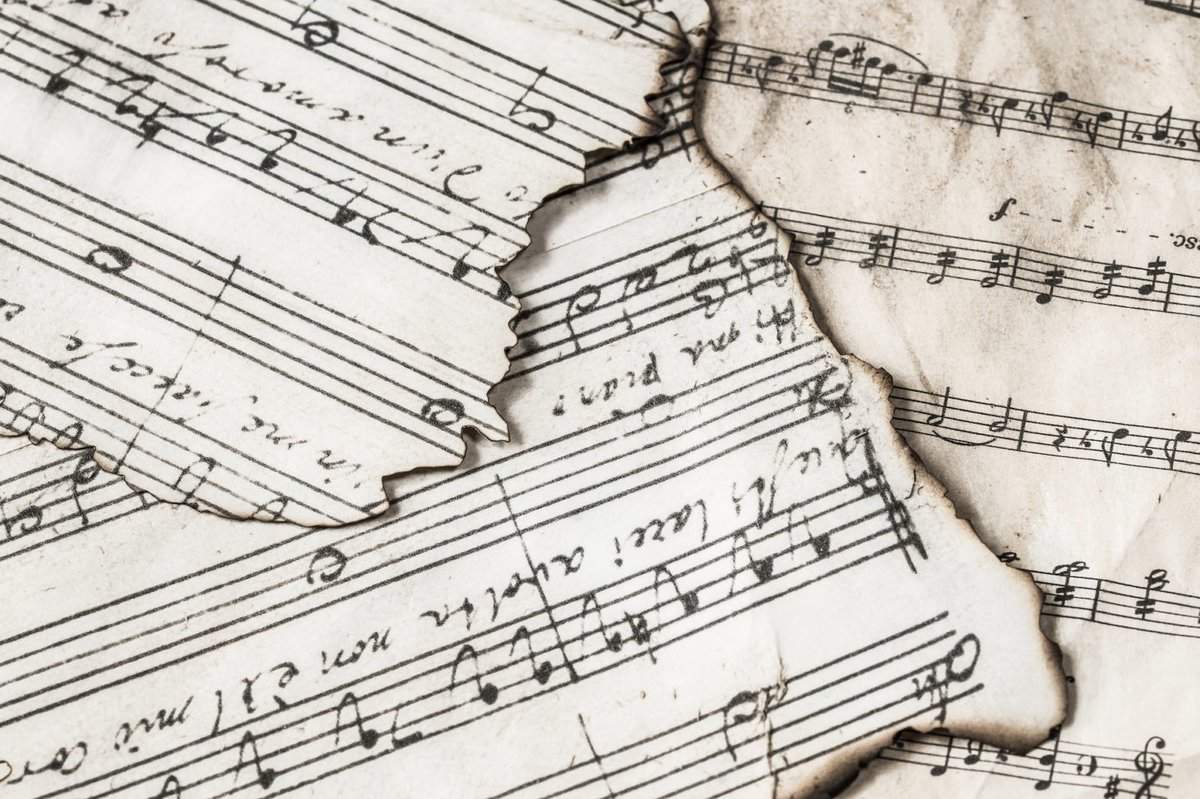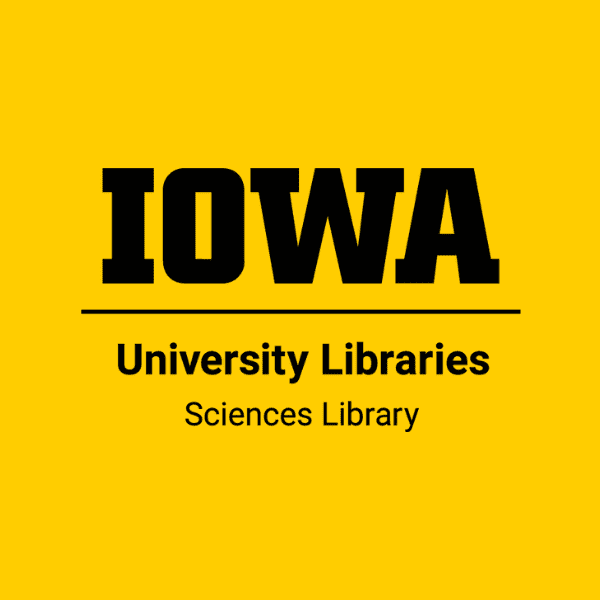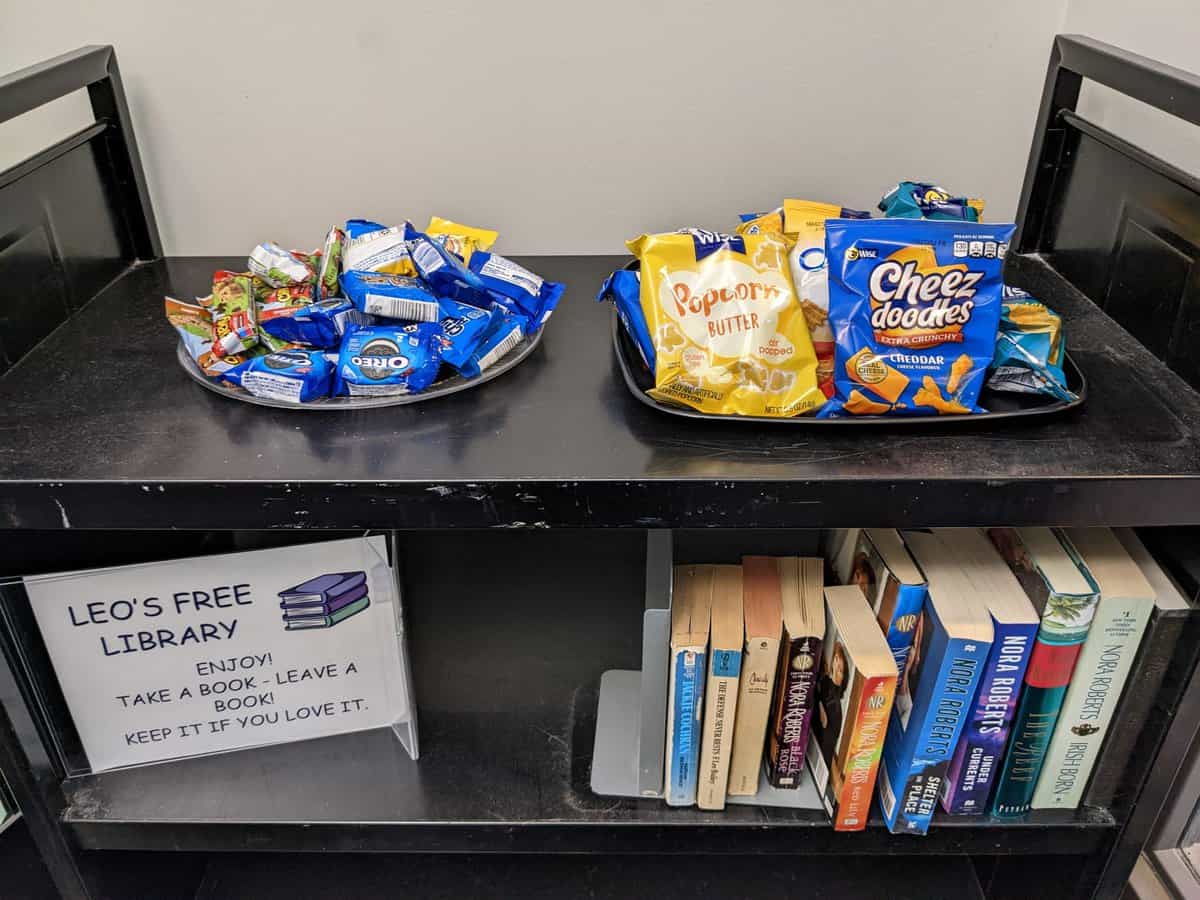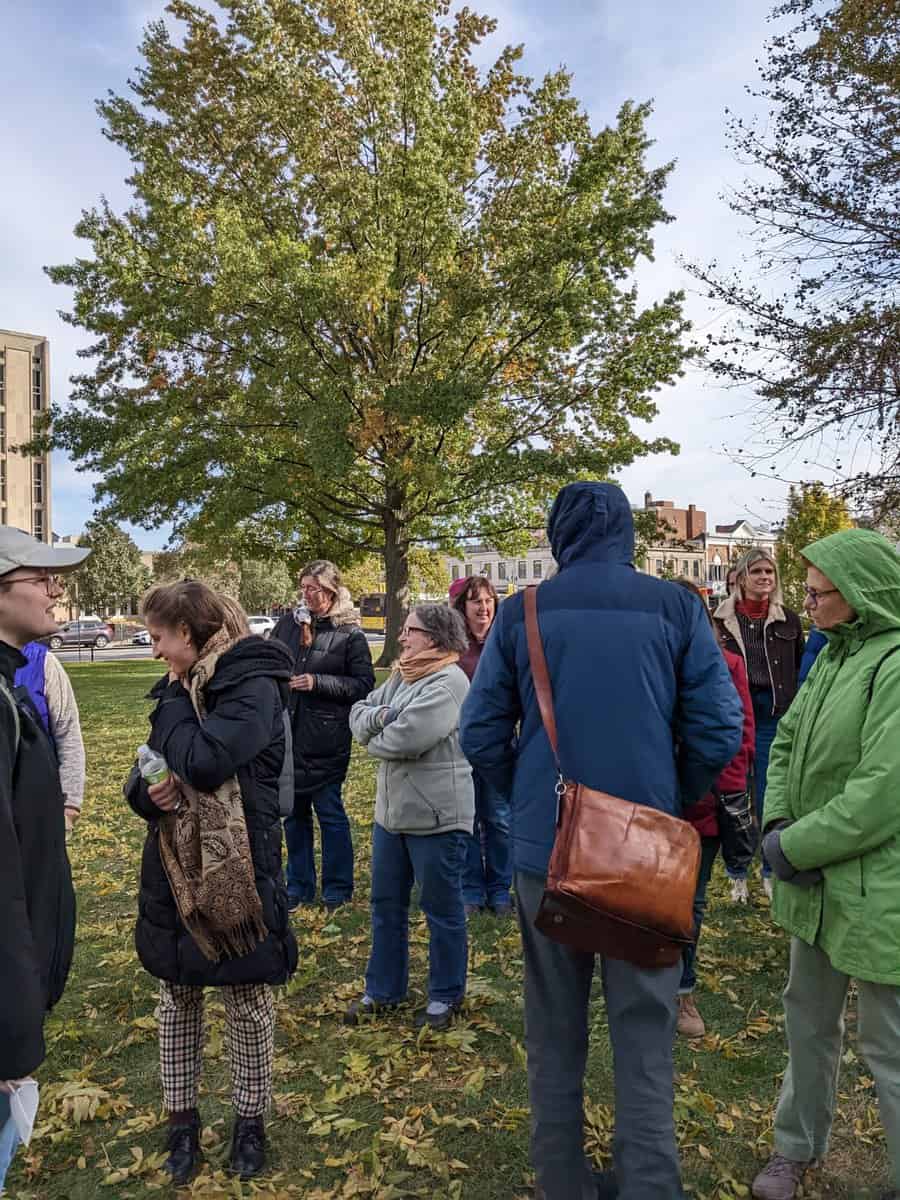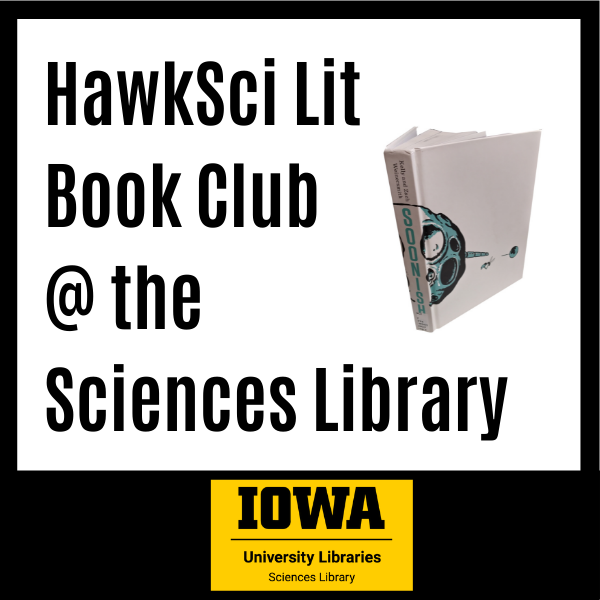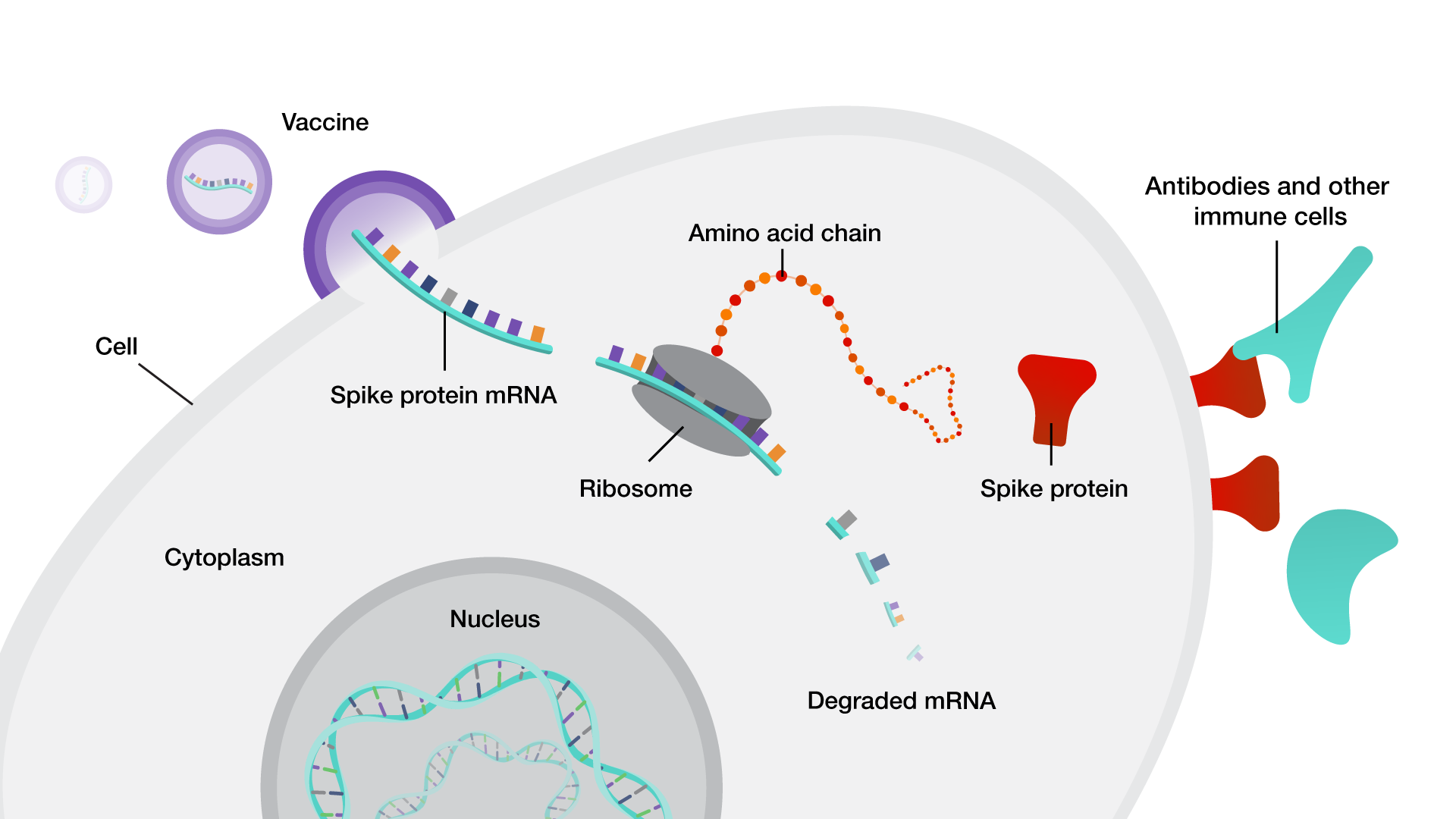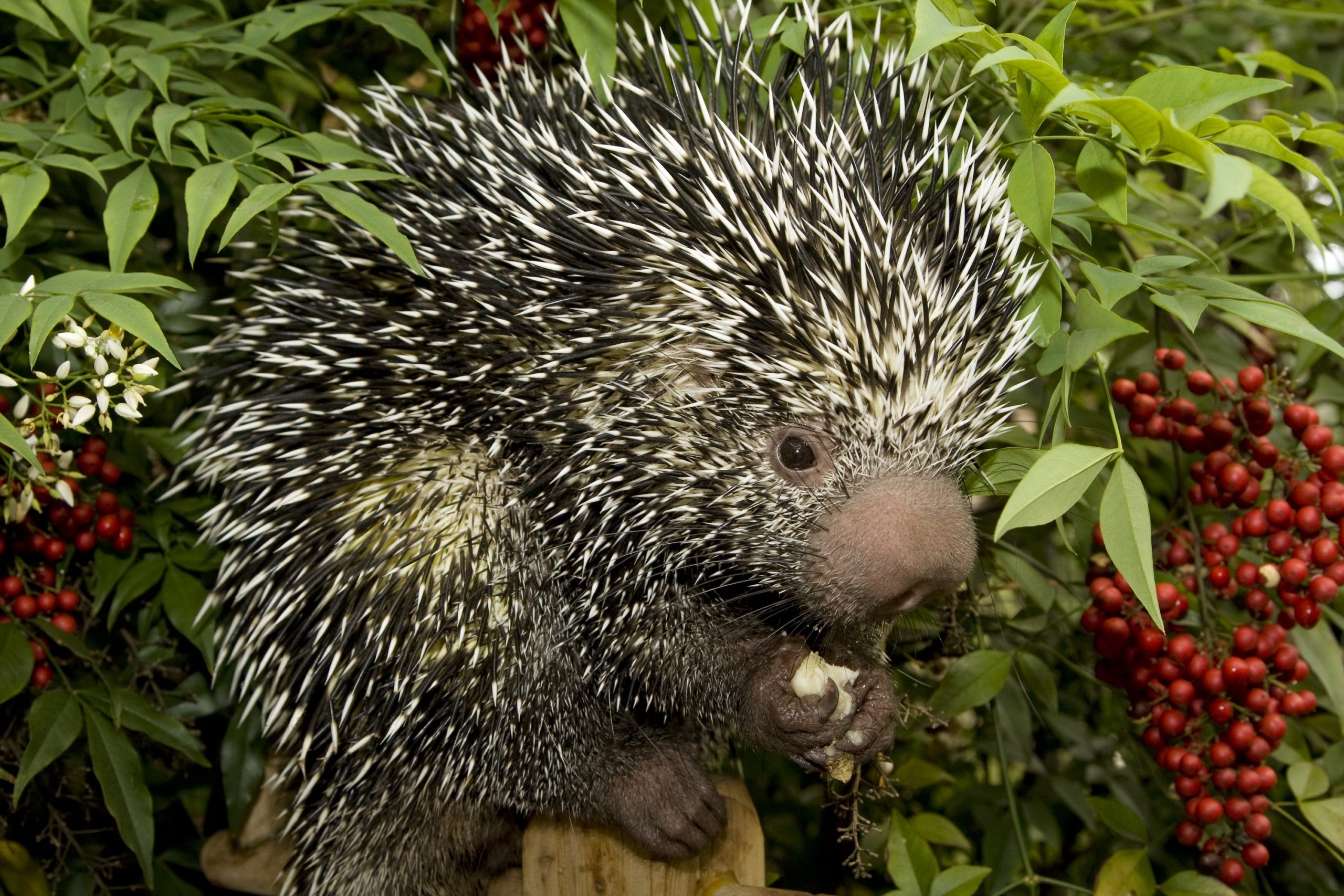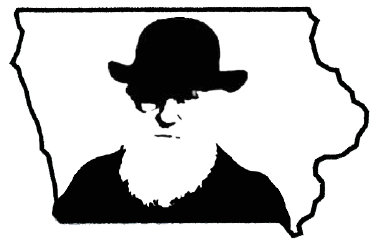Join us outside (weather permitting) in front of the Sciences Library along Iowa Ave on Tuesday, December 12 from 11:00 am to 1:00 pm of Final Exams Week for scientific-themed songs, treats, and beverages. All are welcome! Listen or join in on science songs such as Deck the Labs, The Twelve Days of Biology, andContinue reading “Science Serenade (and Snacks)”
Category Archives: Geosciences
Tree Events at the Sciences Library
The Sciences Library is excited to let you know about our fall tree events! On October 17, University of Iowa Arborist, Andy Dahl, will be giving a campus tree talk and tour. To complement this, the library’s current exhibit showcases the Historic Trees of the University of Iowa Campus. Visit the exhibit to enter ourContinue reading “Tree Events at the Sciences Library”
Fall Workshops at the Sciences Library
Search like a Hawk: Discover Science Literature Wednesday, September 6, 11:30 AM – 12:20 PM Sciences Library room 102 There are millions of books and thousands of journal articles available through our science databases. How can you find what you’re looking for and stay-up-to-date in your subject? Learn how to search like an expert inContinue reading “Fall Workshops at the Sciences Library”
Free snacks and coffee for finals week at the Sciences Library!
Good luck on your final exams, Hawkeyes! We have free snacks, hot coffee, and tea here for you at the Sciences Library! If you are looking for a good, quiet comfortable place to study, we have three floors with places for you to study that include study booths, study carrels, computer stations, tables and largeContinue reading “Free snacks and coffee for finals week at the Sciences Library!”
Highlights of the Tree Talk and Tour at the Sciences Library
We had a great time learning about our campus trees at the Tree Talk and Tour at the Sciences Library. It was fascinating to learn about the oldest trees on campus as well as new plantings. We also learned about our State Champion trees, special trees such as the chestnut sapling planted to honor AnneContinue reading “Highlights of the Tree Talk and Tour at the Sciences Library”
SciFinder Classic is Retiring
If you are currently using the classic version of SciFinder, it is time to start using SciFinder-n. Chemical Abstracts Service (CAS) will discontinue the “classic” SciFinder interface on Dec. 31, 2022. SciFinder-n, will be the only SciFinder platform moving forward. If you are already using SciFinder-n, you do not need to do anything. Your SciFinderContinue reading “SciFinder Classic is Retiring”
Soonish: Ten Emerging Technologies That’ll Improve and/or Ruin Everything (HawkSci Lit Book Club)
Would you like to discuss a book written by one of our Iowa City Darwin Day speakers? Join the HawkSci Lit Book Club at the Sciences Library to discuss the delightful and witty book: Soonish: Ten Emerging Technologies That’ll Improve and/or Ruin Everything. This book was co-authored by Dr. Kelly Weinersmith, featured speaker atContinue reading “Soonish: Ten Emerging Technologies That’ll Improve and/or Ruin Everything (HawkSci Lit Book Club)”
Welcome back, Hawkeyes!
Welcome back, Hawkeyes! We hope that you had a nice break, and we’re glad that you are back! Keep our Hawkeye community safe by getting your free COVID-19 vaccinations and booster if you have not done so yet. Books, Articles, Laptops, and MoreContinue reading “Welcome back, Hawkeyes!”
Finals Week Stress Relief at the Sciences Library: Fall 2021
As we wrap up the Fall 2021 semester, a good place to study for final exams is the Sciences Library! Whether you need a quiet place to study, group space, or study break ideas, the Sciences Library has you covered! We have a variety of study spots to choose from including bean bag chairs, largeContinue reading “Finals Week Stress Relief at the Sciences Library: Fall 2021”
Iowa City Darwin Day 2021
Iowa City Darwin Day celebrates the benefits of science for humanity, and all are invited to celebrate this year by attending virtual talks by prestigious scientists! All Iowa City Darwin Day events are free and open to the public. Erich Jarvis’ talk “Evolution of Brain Pathways for Vocal Learning and Spoken Language” will be onContinue reading “Iowa City Darwin Day 2021”
